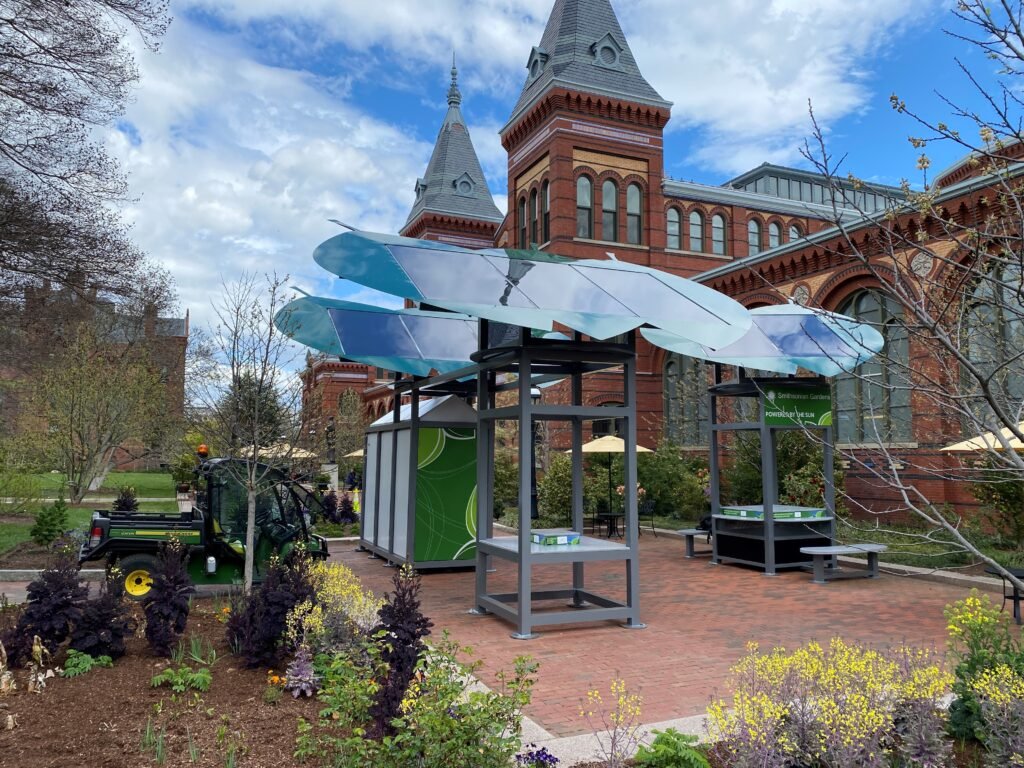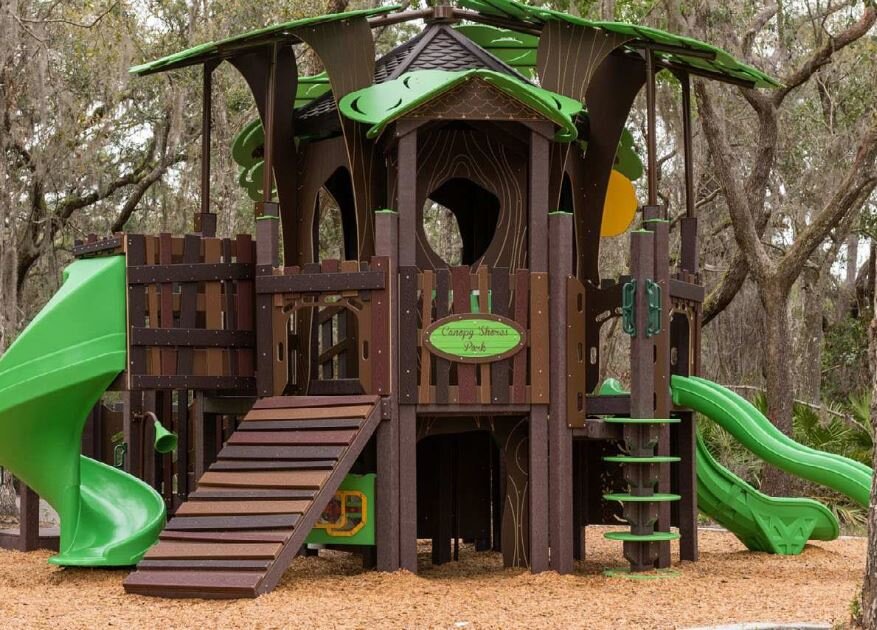Imagine a world where parks are not only serene and breathtaking, but also environmentally friendly. Picture strolling through a lush green space, surrounded by the melody of birdsong and the fragrance of blooming flowers, without ever inhaling a whiff of exhaust fumes. This vision is now becoming a reality with the introduction of zero emissions outdoor equipment for parks. By embracing sustainable alternatives, parks are taking a giant leap towards a greener future, ensuring that our natural wonders remain untainted for generations to come.
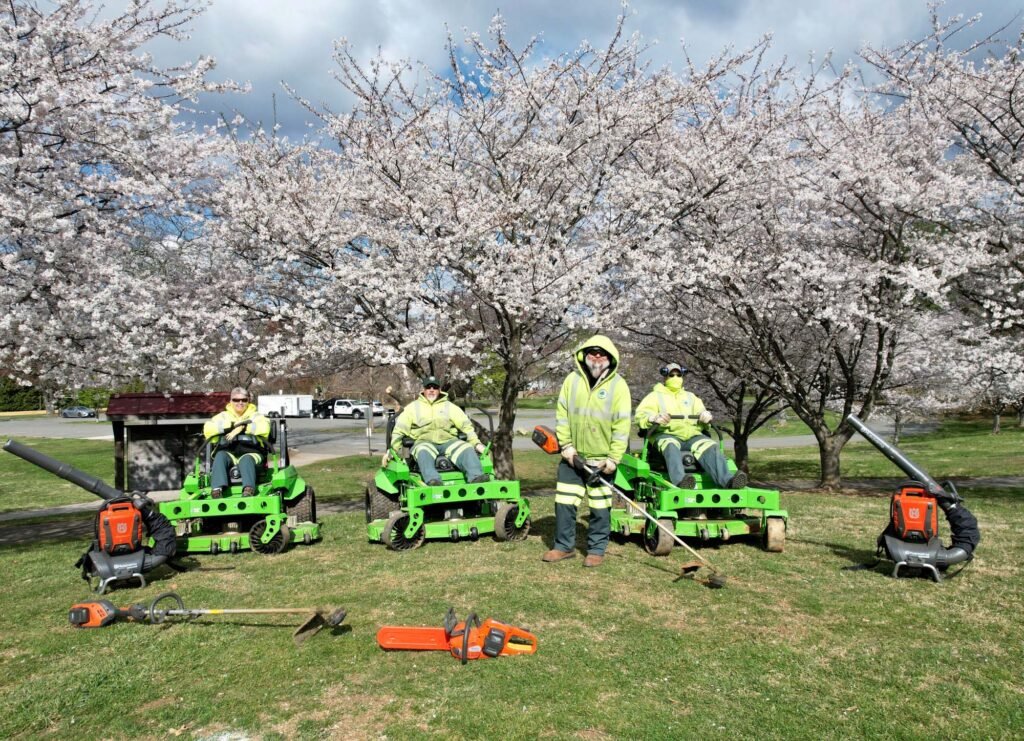
This image is property of montgomeryparks.org.
1. Introduction
Welcome to this comprehensive article on zero emissions outdoor equipment for parks! In this article, we will explore the need for sustainability in parks and the advantages of using zero emissions equipment. We will delve into the different types of zero emissions outdoor equipment available, including lawn mowers, leaf blowers, hedge trimmers, chainsaws, and brush cutters. We will also discuss the various benefits that zero emissions equipment brings to parks, such as environmental conservation, health improvements, and noise reduction. Furthermore, we will address the challenges and considerations that parks may face when transitioning to zero emissions equipment, including initial investment, maintenance, training, and accessibility. We will examine successful case studies of parks that have successfully implemented zero emissions equipment, and provide a roadmap for how parks can effectively adopt and utilize these sustainable practices. Let’s dive in!
2. Zero Emissions Outdoor Equipment: An Overview
2.1 The Need for Sustainability in Parks
Parks are often seen as havens of nature, offering respite from the hustle and bustle of urban life. However, the traditional gas-powered equipment used to maintain these parks can have detrimental effects on the environment. They emit greenhouse gases, contribute to air and noise pollution, and rely on finite fossil fuels for operation. As awareness of climate change and environmental conservation grows, there is an increasing need for parks to adopt sustainable practices. By embracing zero emissions outdoor equipment, parks can lead the way in environmental stewardship and preserve the natural beauty they are known for.
2.2 Advantages of Zero Emissions Outdoor Equipment
Zero emissions outdoor equipment offers numerous advantages over traditional gas-powered equipment. Firstly, they do not emit any harmful greenhouse gases or pollutants during operation, making them an environmentally-friendly choice. This helps to reduce air pollution and combat climate change. Secondly, zero emissions equipment operates silently, reducing noise pollution and creating a more peaceful environment for park-goers. Lastly, these equipment pieces are typically more energy-efficient, leading to cost savings in the long run. By choosing zero emissions outdoor equipment, parks can create a sustainable and enjoyable experience for visitors, while also demonstrating their commitment to protecting the environment.
This image is property of images.squarespace-cdn.com.
3. Types of Zero Emissions Outdoor Equipment
3.1 Zero Emissions Lawn Mowers
Zero emissions lawn mowers have revolutionized the way parks maintain their green spaces. These electric mowers, powered by batteries or cords, eliminate the need for gasoline and oil. They offer the same cutting performance as their gas-powered counterparts, while significantly reducing noise pollution and air emissions. Zero emissions lawn mowers are available in various models, including push mowers, self-propelled mowers, and ride-on mowers, catering to the different needs of parks.
3.2 Zero Emissions Leaf Blowers
Leaf blowers are essential tools for maintaining cleanliness in parks. However, traditional gas-powered leaf blowers are known for their noise and air pollution. Zero emissions leaf blowers offer a sustainable alternative, providing effective cleaning power without the negative environmental impact. These electric leaf blowers are lightweight, easy to maneuver, and emit no harmful emissions, making them ideal for maintaining parks while promoting a serene atmosphere.
3.3 Zero Emissions Hedge Trimmers
Hedge trimmers are indispensable for maintaining beautifully shaped hedges and shrubs in parks. Zero emissions hedge trimmers operate silently and emit no pollutants, offering a quieter and cleaner alternative to their gas-powered counterparts. They provide parks with precise trimming capabilities, ensuring neat and well-maintained hedges while prioritizing sustainability.
3.4 Zero Emissions Chainsaws
Chainsaws play a vital role in park maintenance, especially when it comes to tree care and management. Zero emissions chainsaws are electrically powered, eliminating the need for gasoline and minimizing the environmental impact. These chainsaws offer comparable cutting performance to gas-powered counterparts while reducing noise pollution and air emissions. With zero emissions chainsaws, parks can efficiently carry out tree maintenance while demonstrating their commitment to environmental conservation.
3.5 Zero Emissions Brush Cutters
For parks that require heavy-duty brush cutting, zero emissions brush cutters are the go-to option. These electric brush cutters offer powerful cutting performance while ensuring zero emissions and minimal noise. They are ideal for maintaining overgrown areas, tackling tough vegetation, and creating a clean and safe environment for park visitors. By utilizing zero emissions brush cutters, parks can effectively manage vegetation without compromising sustainability.
4. Benefits of Zero Emissions Equipment for Parks
4.1 Environmental Benefits
One of the primary benefits of zero emissions equipment for parks is the positive impact on the environment. By eliminating the use of fossil fuels and reducing air and noise pollution, parks can contribute to cleaner and healthier ecosystems. Zero emissions equipment helps to reduce greenhouse gas emissions, combat climate change, and support biodiversity by minimizing habitat disturbance. By adopting sustainable practices, parks can play a crucial role in conserving natural resources and preserving the environment for future generations to enjoy.
4.2 Health Benefits
Zero emissions equipment also brings significant health benefits to both park staff and visitors. Traditional gas-powered equipment releases harmful pollutants and particulate matter into the air, which can have adverse effects on respiratory health. By using zero emissions equipment, parks can improve air quality and create a healthier environment for all. Additionally, the reduction in noise pollution from zero emissions equipment contributes to a more peaceful and enjoyable experience for park-goers, promoting mental well-being and relaxation.
4.3 Noise Reduction
Noise pollution is a common complaint in many parks, affecting the tranquility and enjoyment of visitors. Zero emissions equipment addresses this issue by operating quietly, minimizing noise disturbance. Visitors can now engage in conversations, enjoy the sounds of nature, and find solace in the serene atmosphere of the park. By reducing noise pollution, parks can create a more inviting and relaxing environment, enhancing the overall experience for visitors.
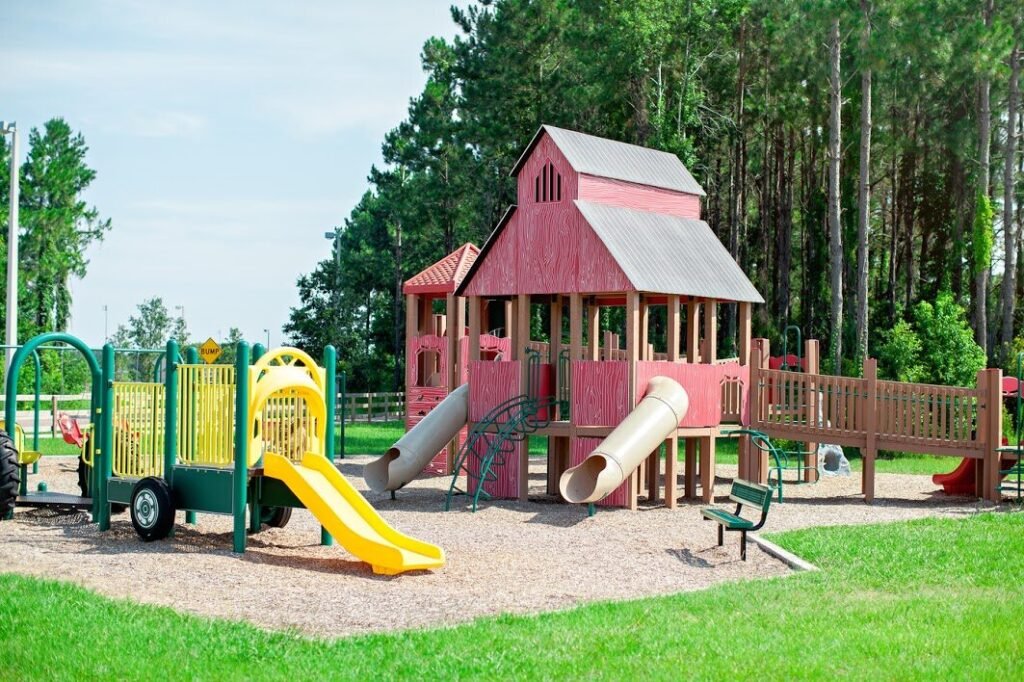
This image is property of images.squarespace-cdn.com.
5. Challenges and Considerations
5.1 Initial Investment
Transitioning to zero emissions equipment may require an initial investment for parks. While electric equipment can have higher upfront costs compared to traditional gas-powered equipment, the long-term savings in fuel and maintenance costs can often offset this initial expense. Parks should carefully evaluate their budget and consider the long-term benefits of investing in zero emissions equipment for sustainability and cost efficiency.
5.2 Maintenance and Reliability
Maintaining zero emissions equipment may require parks to develop new maintenance routines. Unlike gas-powered equipment that requires fuel, oil changes, and spark plug replacements, electric equipment requires battery maintenance and charging. Parks need to ensure they have dedicated charging stations and develop protocols for battery replacement or repair. Additionally, park staff should be trained in troubleshooting common issues and performing maintenance tasks to ensure the reliability and longevity of the equipment.
5.3 Training and Education
Transitioning to zero emissions equipment may require parks to provide training and education for their staff. Electric equipment operates differently from gas-powered equipment, and staff should be knowledgeable about the proper usage, charging, and maintenance procedures. Parks should invest in training programs or collaborate with equipment manufacturers to provide comprehensive training for their staff. By equipping staff with the necessary skills and knowledge, parks can maximize the benefits of zero emissions equipment.
5.4 Accessibility for All Parks
While zero emissions equipment offers numerous benefits, it is essential to consider the accessibility of such equipment for all parks. Smaller parks or parks with limited budgets may face challenges in acquiring zero emissions equipment due to cost constraints. Funding and grant opportunities are valuable resources for parks seeking to transition to sustainable practices. Collaboration with equipment manufacturers, local communities, and government agencies can help make zero emissions equipment more accessible to a wider range of parks.
6. Successful Case Studies
6.1 XYZ Park: Transition to Zero Emissions Equipment
XYZ Park, located in a bustling city, recognized the need to embrace sustainable practices to protect its natural environment. The park management decided to transition to zero emissions outdoor equipment throughout their maintenance operations. By replacing gas-powered lawn mowers, leaf blowers, and other equipment with zero emissions counterparts, XYZ Park significantly reduced its carbon footprint and air pollution. The transition also improved the overall experience of visitors, as the park became quieter, cleaner, and more inviting. Local community members applauded XYZ Park’s commitment to sustainability, and the success of the transition inspired other parks in the area to follow suit.
6.2 ABC City: Sustainable Practices in Parks
ABC City, known for its commitment to sustainability, implemented a comprehensive sustainability plan that included the adoption of zero emissions equipment in its parks. By investing in zero emissions lawn mowers, leaf blowers, hedge trimmers, chainsaws, and brush cutters, ABC City revolutionized park maintenance in the region. The city’s commitment to sustainability and environmental conservation became a point of pride for residents and visitors alike. The success of ABC City’s sustainable practices in parks contributed to its reputation as a green city and inspired other municipalities to explore and adopt similar initiatives.
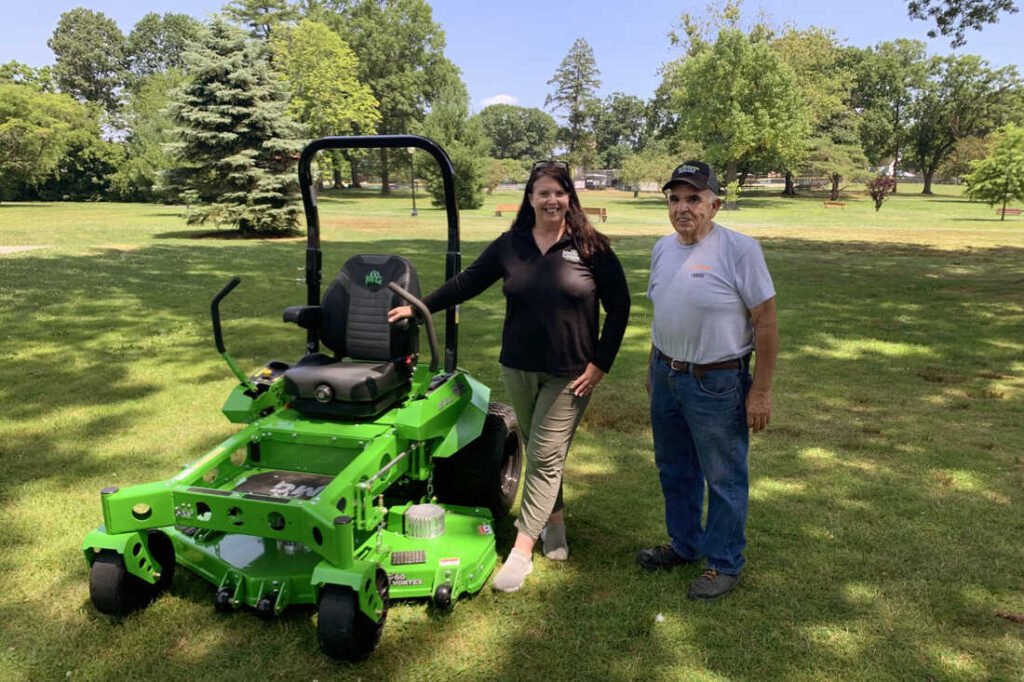
This image is property of media.npr.org.
7. Implementing Zero Emissions Equipment in Parks
7.1 Assessing Parks’ Needs
Before implementing zero emissions equipment, parks should assess their specific needs and requirements. Different parks have varying sizes, landscapes, and maintenance demands, which may influence the type and quantity of zero emissions equipment needed. It is crucial to conduct a thorough evaluation of the existing equipment, identify areas where zero emissions equipment can be effectively utilized, and develop a transition plan that aligns with the park’s overall sustainability goals.
7.2 Collaboration with Equipment Manufacturers
Collaboration with equipment manufacturers is vital in the successful implementation of zero emissions equipment. Manufacturers can provide valuable insights, guidance, and support in selecting the right equipment for specific park needs. By collaborating closely with manufacturers, parks can ensure they have access to the latest technologies and innovations in zero emissions equipment, maximizing efficiency and effectiveness.
7.3 Funding and Grant Opportunities
Securing funding and grant opportunities is a critical step in implementing zero emissions equipment in parks. Parks can explore various funding sources, such as government grants, private sponsorships, or community initiatives to support their sustainability goals. It is essential to research and identify the available funding options and develop a well-crafted proposal that highlights the potential environmental and social benefits of transitioning to zero emissions equipment.
7.4 Training Programs for Staff
Providing comprehensive training programs for park staff is vital to ensure the successful adoption and utilization of zero emissions equipment. Staff should be trained on the proper operation, maintenance, and charging procedures specific to each type of equipment. Training programs can be conducted in collaboration with equipment manufacturers or by engaging qualified trainers. Ongoing education and regular refresher courses should also be incorporated to keep staff updated on the latest industry trends and best practices.
8. Conclusion
Zero emissions outdoor equipment offers parks a sustainable alternative to traditional gas-powered equipment. By utilizing zero emissions lawn mowers, leaf blowers, hedge trimmers, chainsaws, and brush cutters, parks can significantly reduce their environmental impact while improving the overall experience for visitors. Environmental benefits such as reduced pollution and greenhouse gas emissions, along with health benefits and noise reduction, make zero emissions equipment an excellent choice for parks seeking to prioritize sustainability. Despite the challenges of initial investment, maintenance, training, and accessibility, successful case studies have demonstrated the feasibility and positive outcomes of transitioning to zero emissions equipment. By assessing parks’ needs, collaborating with equipment manufacturers, seeking funding opportunities, and providing staff with comprehensive training, parks can effectively implement zero emissions equipment and contribute to a greener future. Let’s work hand in hand to advance sustainability and create a better environment for all to enjoy in our parks!
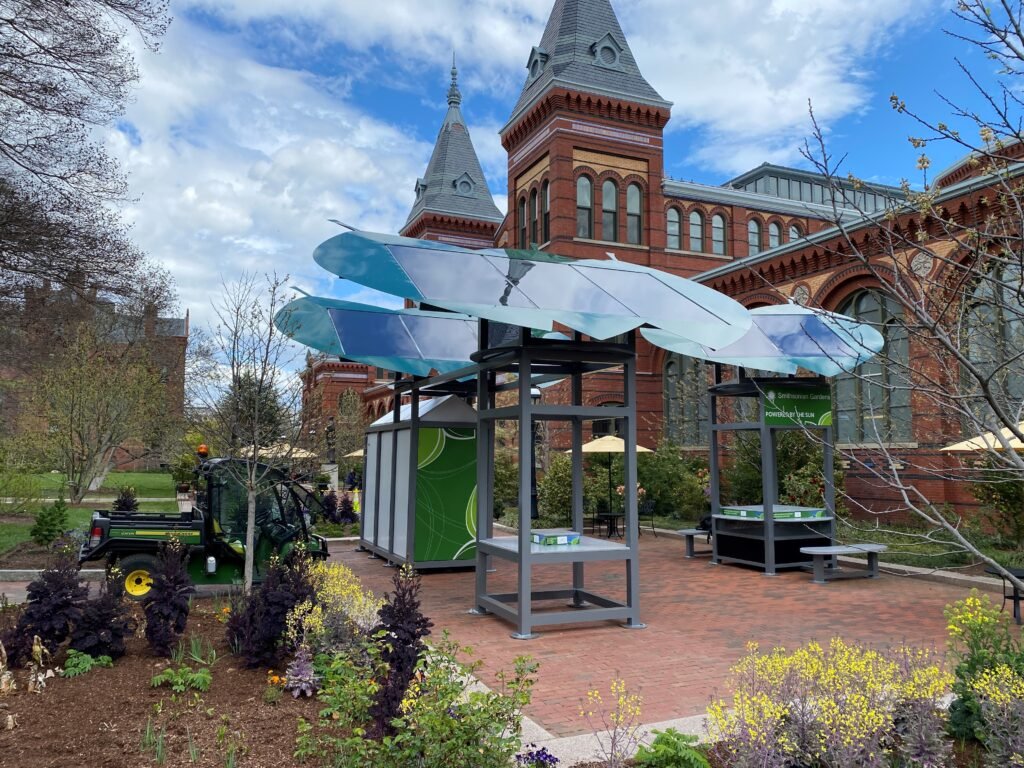
This image is property of www.si.edu.

